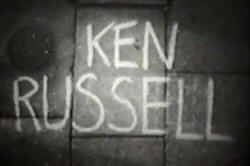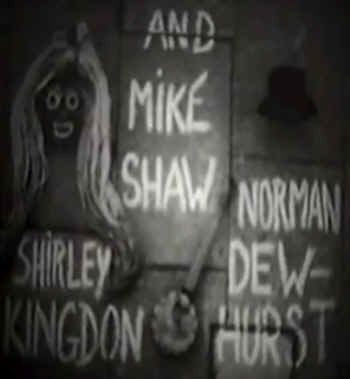Posted by: BoyScoutKevin
« on: April 12, 2015, 07:44:30 PM »Part III
13. One wonders, if the story of "The Pied Piper of Hamelin" did not play a part in Ken's inspiration in this film.
14. A foreshadowing of what Ken would be capable of doing in the future.
15. And the ending is nonsense. Just as the ending of his "Salome's Last Dance" is nonsense. Though, that ending, I find, is one of Ken's most memorable, and one of the few endings that I remember.
16. The film is also one of historical significance, as Ken captures on film the London and Londoners of yesterday. The London and Londoners, which no longer exists today.
And as this is the last part, . . .
Next time: something different from Ken.
13. One wonders, if the story of "The Pied Piper of Hamelin" did not play a part in Ken's inspiration in this film.
14. A foreshadowing of what Ken would be capable of doing in the future.
15. And the ending is nonsense. Just as the ending of his "Salome's Last Dance" is nonsense. Though, that ending, I find, is one of Ken's most memorable, and one of the few endings that I remember.
16. The film is also one of historical significance, as Ken captures on film the London and Londoners of yesterday. The London and Londoners, which no longer exists today.
And as this is the last part, . . .
Next time: something different from Ken.

